
Некоторые аэропорты заставляют вас хотеть сесть на следующий рейс до того, как вы приземлитесь, в то время как другие трансформируются настолько резко, что пассажиры с нетерпением ждут своих пересадок.
Рейтинг Skytrax 2025 для Самые улучшенные аэропорты мира Выделите объекты, которые претерпели значительные преобразования.
Они демонстрируют, что даже самые сложные авиационные хабы могут достичь новых высот с правильными улучшениями.
Самые улучшенные аэропорты в 2025 году
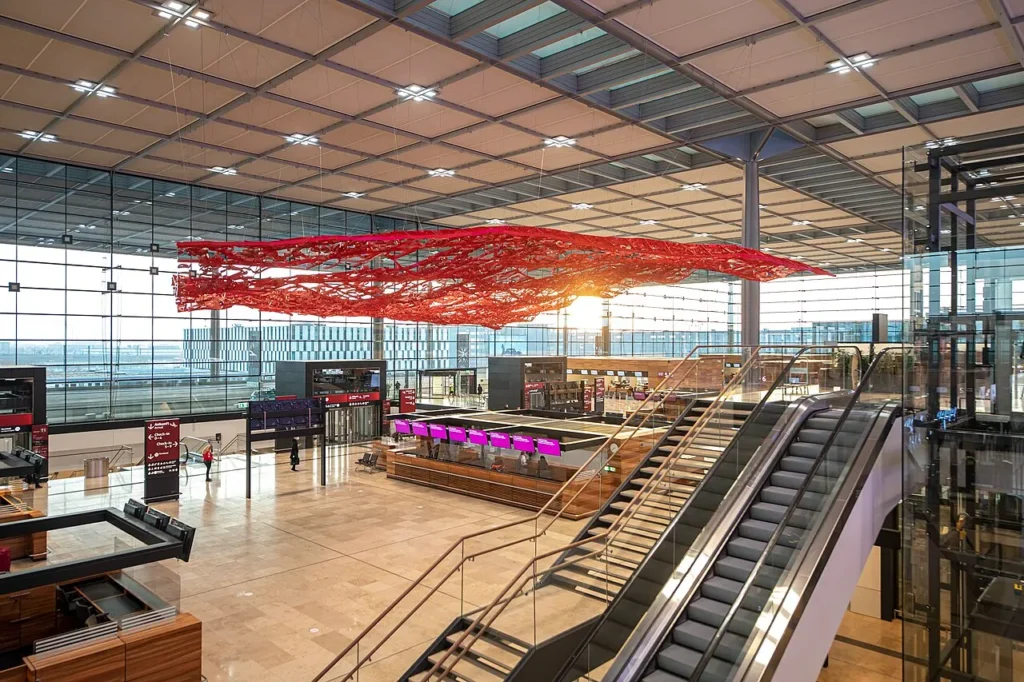 Аэропорт Берлин Бранденбург Терминал 1 Интерьер; Фото Википедия
Аэропорт Берлин Бранденбург Терминал 1 Интерьер; Фото Википедия1. Аэропорт Берлин Бранденбург (BER)
После многих лет задержек и кошмаров строительства, которые стали легендарными в авиационных кругах, аэропорт Берлин Бранденбург (BER) наконец-то занял первое место как самый улучшенный аэропорт в мире в 2025 году.
Этот немецкий объект превратился из поучительной истории в историю успеха, внедряя комплексные улучшения в области обслуживания пассажиров, эффективности терминала и операционного совершенства.
Резкое улучшение аэропорта связано с масштабной реконструкцией системы пассажиропотока, модернизированные контрольно-пропускные пункты, и расширенные рестораны и розничные варианты.
Берлин Бранденбург (BER) также инвестировал значительные средства в цифровую инфраструктуру, внедряя интеллектуальные навигационные системы и бесконтактные услуги, которые упрощают работу пассажиров.
Приверженность объекта устойчивому развитию получила признание благодаря установкам солнечных панелей и улучшенным системам управления отходами. Это делает его экологически чистым и удобным для пассажиров.
2. Международный аэропорт Алматы (ALA)
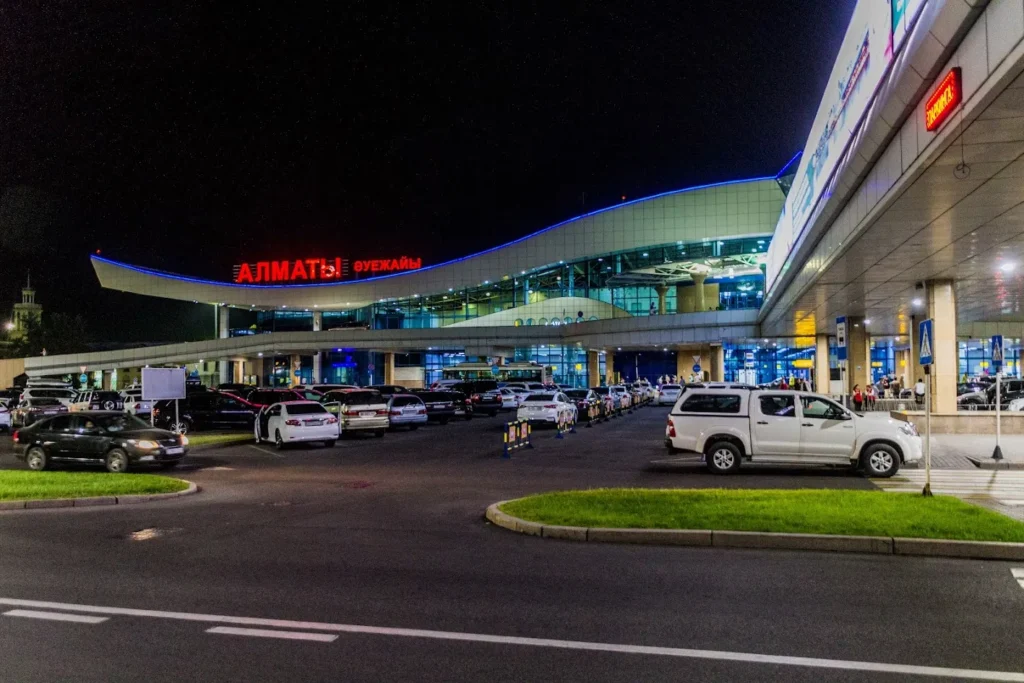 Аэропорт Алматы: фото Vietjet Air
Аэропорт Алматы: фото Vietjet AirМеждународный аэропорт Алматы (АЛА) занял второе место благодаря стратегическим усилиям по модернизации.
Аэропорт претерпел значительные расширения терминалов, создавая более просторные пассажирские зоны и уменьшая заторы во время пиковых путешествий.
Ключевые улучшения включают современное состояние Системы обработки багажа Это значительно сократило количество потерянных багажных происшествий, модернизировало иммиграционные и таможенные объекты, которые ускоряют время обработки, и расширило возможности для отдыха, которые обслуживают как деловых, так и туристов.
Аэропорт также улучшил свои возможности подключения, добавив новые авиакомпании и маршруты, которые сделали его важным центром для путешественников, перемещающихся между Европой и Азией.
3. Аэропорт Бангкока Суварнабхуми (BKK)
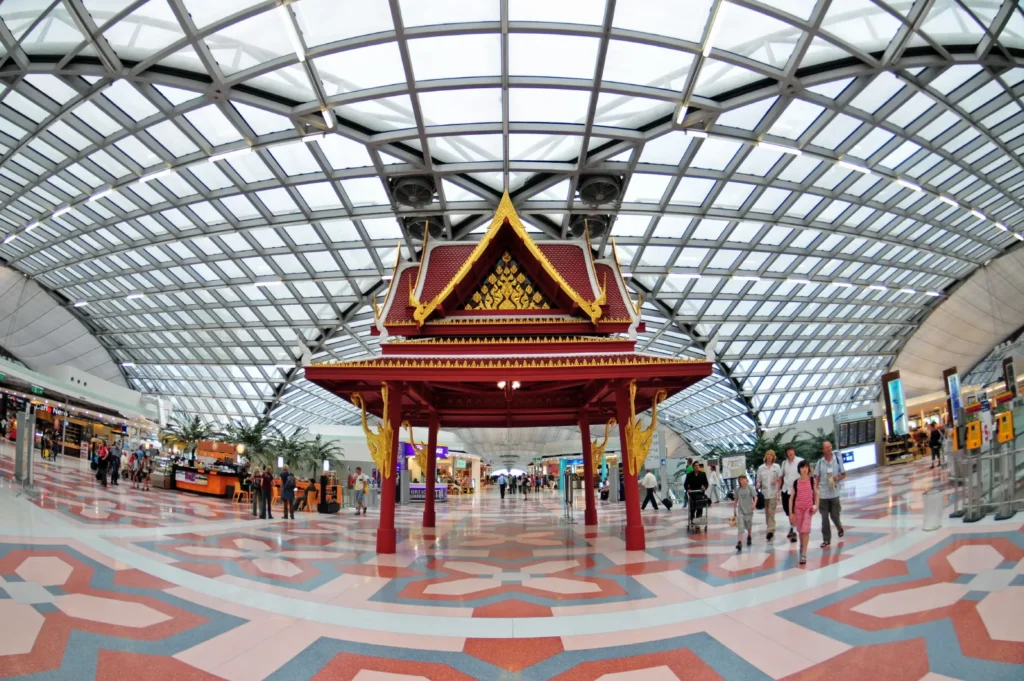 Международный аэропорт Суварнабхуми; Фото Роджера Прайса; Wikimedia Commons
Международный аэропорт Суварнабхуми; Фото Роджера Прайса; Wikimedia CommonsГлавный международный шлюз Таиланда заработал третье место благодаря комплексным улучшениям обслуживания, которые сочетают традиционное тайское гостеприимство с передовыми технологиями аэропорта.
Бангкок Суварнабхуми (БКК) сосредоточился на сокращении времени ожидания и повышении комфорта пассажиров за счет инвестиций в стратегическую инфраструктуру.
Улучшения аэропорта включают расширенные иммиграционные возможности с автоматизированными системами обработки, модернизированные удобства терминала с местной тайской кухней и культурными элементами, а также расширенные наземные транспортные соединения, которые делают доступ в город быстрее и удобнее.
На объекте также внедрены передовые системы кондиционирования воздуха и улучшенные зоны для сидения во всех терминалах, что позволяет устранить предыдущие опасения по поводу комфорта пассажиров во время длительных пересадок.
4. Лондонский аэропорт Гатвик (LGW)
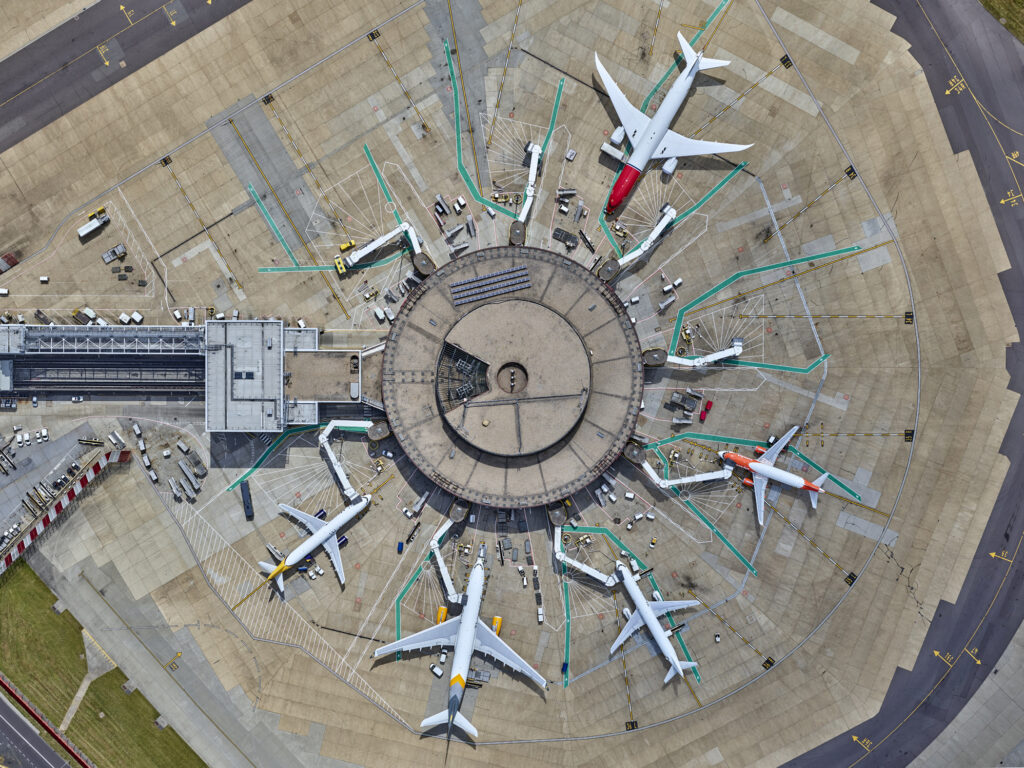 Фото: London Gatwick
Фото: London GatwickЛондонский Гатвик (LGW) занял четвертое место благодаря целенаправленным улучшениям, которые решают уникальные проблемы, связанные с работой в качестве крупного европейского центра.
Аэропорт инвестировал в технологические решения Это увеличивает пассажиропоток и сокращает время обработки, особенно во время летнего сезона путешествий.
Заметные улучшения включают модернизированные стойки регистрации с большим количеством вариантов самообслуживания, расширенные области проверки безопасности, которые поддерживают высокие стандарты безопасности при одновременном повышении эффективности, и расширенные варианты розничной торговли и питания, которые удовлетворяют разнообразным предпочтениям пассажиров.
Gatwick также улучшил свои функции доступности, сделав аэропорт более удобным для пассажиров с проблемами мобильности.
5. Taiwan Taoyuan Airport (TPE)
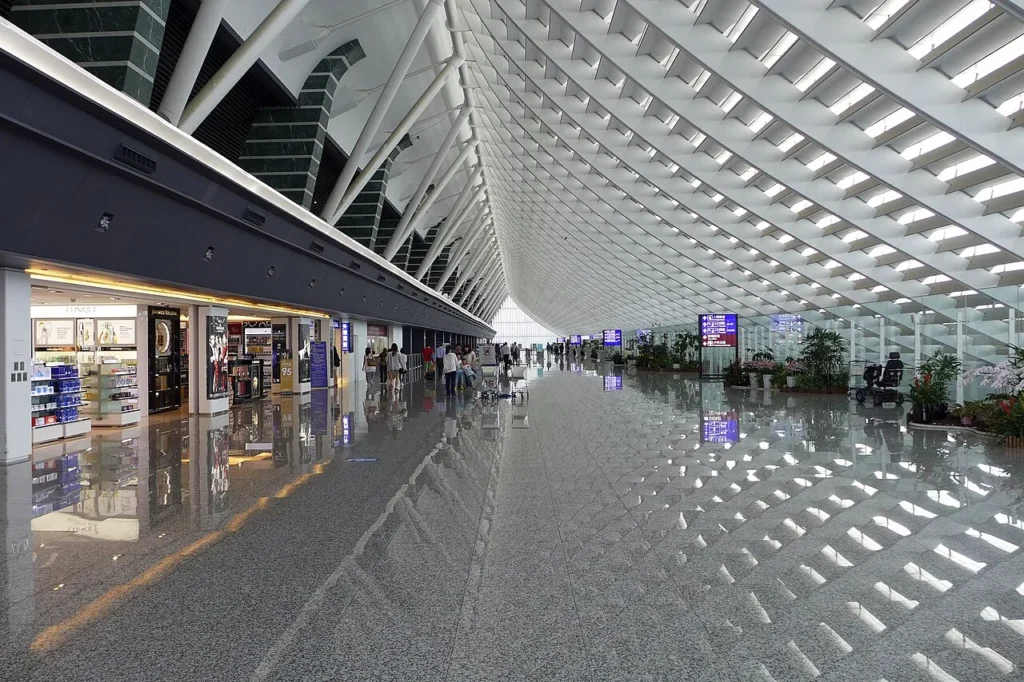 Международный аэропорт Тайваня Таоюань; Фото Википедия
Международный аэропорт Тайваня Таоюань; Фото ВикипедияГлавный международный аэропорт Тайваня занял пятое место благодаря инновационным подходам к обслуживанию пассажиров и операционной эффективности.
Тайваньский аэропорт Таоюань (TPE) поддерживает высокие стандарты чистоты и организации, которыми славятся азиатские аэропорты.
Ключевые усовершенствования включают в себя интеллектуальные терминальные навигационные системы, которые помогают пассажирам легче найти свой путь, модернизированные беспошлинные торговые зоны с конкурентоспособными ценами и улучшенные фуд-корты с международной и местной тайваньской кухней.
Аэропорт также расширил свои транзитные возможности, сделав его более привлекательным для пассажиров стыковочных рейсов.
6. Аэропорт Улан-Батор (UBN)
 Аэропорт Улан-Батор (ранее аэропорт Чингис-Хаан) Интерьер терминала; Фото Википедия
Аэропорт Улан-Батор (ранее аэропорт Чингис-Хаан) Интерьер терминала; Фото ВикипедияГлавный международный аэропорт Монголии занял шестое место благодаря комплексной модернизации инфраструктуры, которая превратила его в современный авиационный объект. Несмотря на сложное географическое положение, аэропорт Улан-Батор добился значительных успехов в качестве обслуживания пассажиров.
Улучшения включают модернизированные здания терминалов с улучшенными системами климат-контроля, модернизированные таможенные и иммиграционные объекты, которые более эффективно обрабатывают пассажиров, и расширенные наземные услуги, которые улучшают время оборота самолетов.
Аэропорт также добавил новые рестораны и розничные магазины, которые демонстрируют монгольскую культуру и соответствуют международным стандартам.
7. Аэропорт Мактан-Себу (CEB)
 Аэропорт Мактан-Себу Терминал 2 Интерьер; Фото Википедия
Аэропорт Мактан-Себу Терминал 2 Интерьер; Фото ВикипедияФилиппинский аэропорт Мактан-Себу (CEB) занял седьмое место благодаря стратегическим улучшениям, которые повышают его роль в качестве шлюза для туристических направлений страны.
Аэропорт сосредоточился на создании благоприятной среды, которая отражает филиппинское гостеприимство при сохранении операционной эффективности.
Улучшения включают в себя расширение пропускной способности терминала для обработки увеличенного туристического трафика, модернизированные системы обработки багажа. Сокращение времени ожиданияРасширенные торговые зоны с местными филиппинскими продуктами.
Аэропорт также улучшил свои наземные транспортные связи, что облегчило туристам доступ к популярным направлениям по всему региону.
8. Аэропорт Пунта-Кана (PUJ)
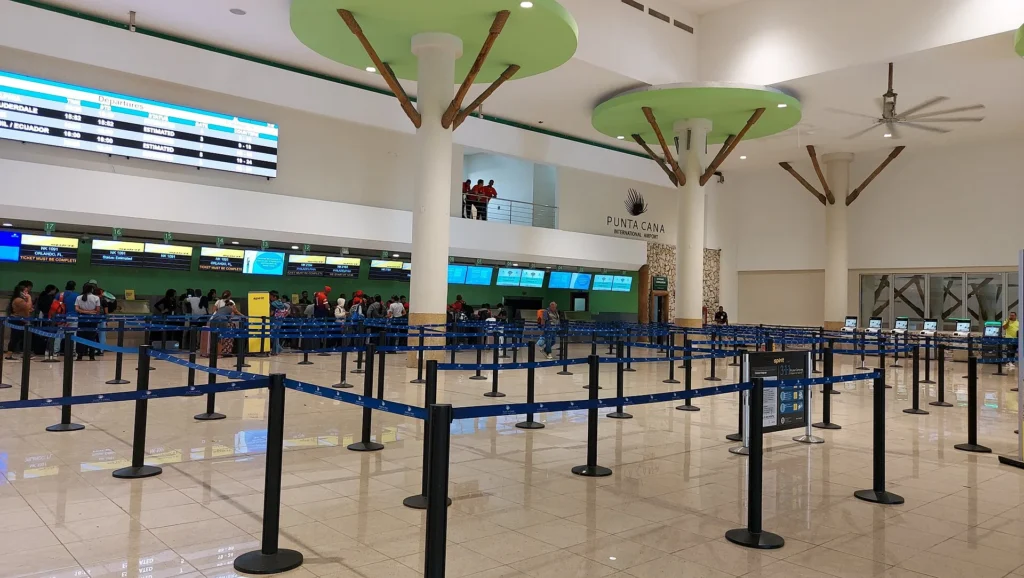 Зал вылета, Международный аэропорт Пунта-Кана; Фото Википедия
Зал вылета, Международный аэропорт Пунта-Кана; Фото ВикипедияАэропорт Пунта-Кана в Доминиканской Республике (PUJ) занял восьмое место благодаря улучшениям, которые повышают его репутацию в качестве главного авиационного узла Карибского бассейна.
Объект ориентирован на создание атмосферы, которая начинает отдых с момента прибытия пассажиров.
Ключевые улучшения включают модернизированные иммиграционные объекты, которые быстрее обрабатывают туристов, расширенные торговые зоны беспошлинной торговли с карибскими специальностями и улучшенные варианты питания с местной доминиканской кухней.
Аэропорт также улучшил свои системы кондиционирования воздуха и места для сидения, чтобы обеспечить лучший комфорт в тропическом климате.
9. Аэропорт Нади (NAN)
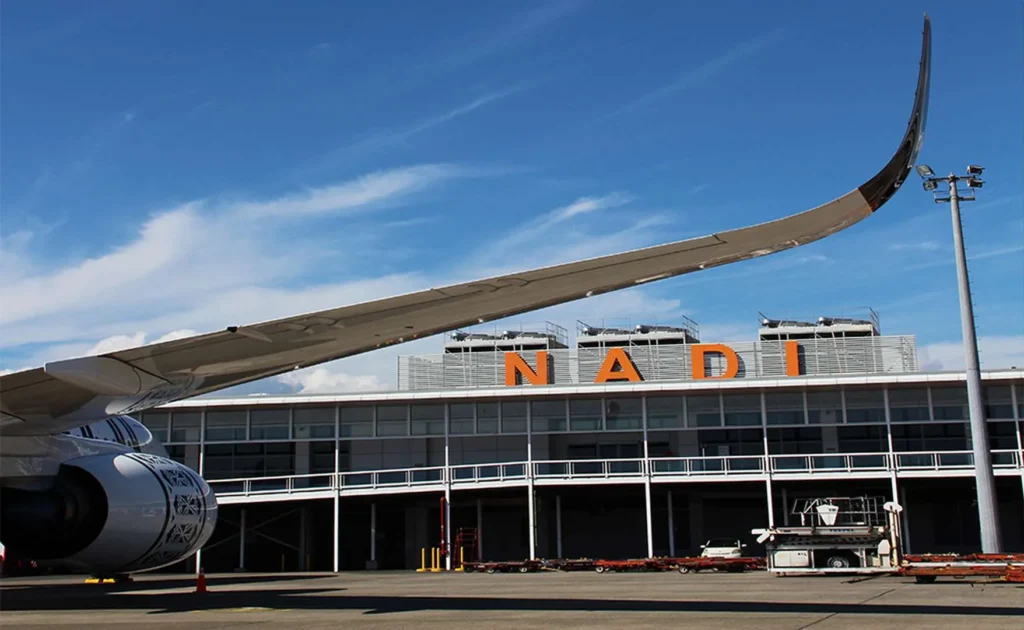 Аэропорт Нади, Фиджи; Фото Аэропорты Фиджи
Аэропорт Нади, Фиджи; Фото Аэропорты ФиджиАэропорт Нади на Фиджи (NAN) достиг девятого места благодаря улучшениям, которые укрепляют его позиции в качестве основных ворот к островам южной части Тихого океана. Аэропорт инвестировал средства в модернизацию, которая удовлетворяет уникальные потребности международных туристов, посещающих регион.
Значительные улучшения включают модернизированные стойки регистрации с более эффективными системами обработки, модернизированными таможенными зонами, которые более плавно обрабатывают туристический трафик, и расширенными розничными магазинами с продуктами тихоокеанских островов.
Аэропорт также улучшил свои транзитные возможности для пассажиров, соединяющихся с другими пунктами назначения в Тихом океане.
10. Аэропорт Мумбаи (БОМ)
 Фото: CSMIA
Фото: CSMIA Индийский аэропорт Мумбаи (BOM) замыкает топ-10 благодаря стратегическим улучшениям, которые решают проблемы обслуживания одного из самых загруженных авиационных рынков в мире.
Объект внедрил улучшения, которые уменьшают заторы при сохранении высоких стандартов безопасности.
Улучшения аэропорта включают Расширенные терминалы с улучшенным управлением пассажиропотоком, модернизированными торговыми и обеденными зонами, которые демонстрируют индийскую культуру, и расширенными наземные транспортные соединения Это улучшает доступ к городу.
Аэропорт Мумбаи также инвестировал в технологические системы, которые упрощают обработку пассажиров и сокращают время ожидания.
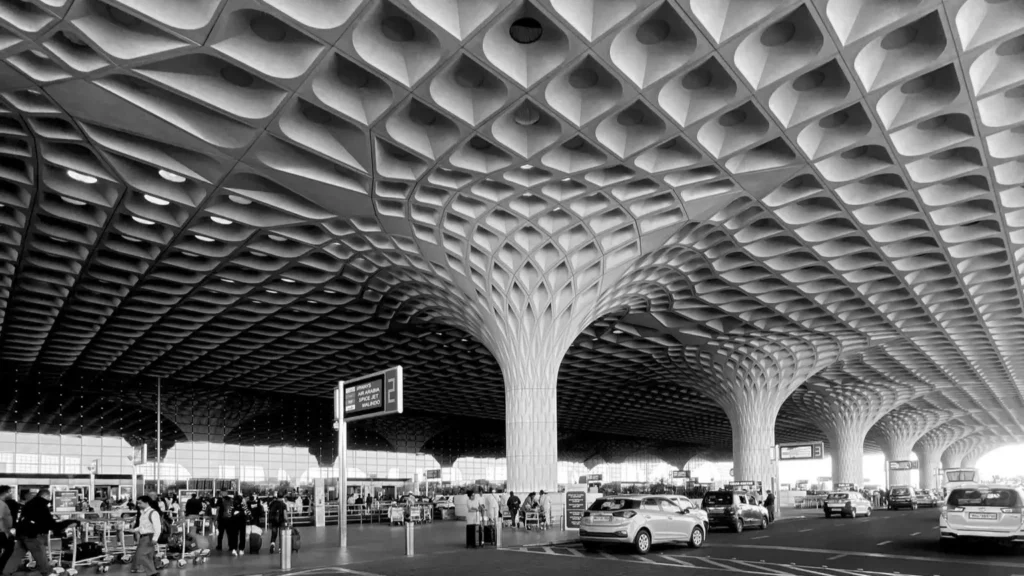 Фото: Мумбаи CSMIA Аэропорт Адани X страница
Фото: Мумбаи CSMIA Аэропорт Адани X страницаНижняя линия
Эти 10 аэропортов доказывают, что благодаря целенаправленным усилиям и стратегическим инвестициям даже самые сложные авиационные объекты могут добиться замечательных преобразований.
От феникс-подобного подъема Берлина до решения проблемы заторов в Мумбаи, каждый аэропорт решает конкретные проблемы, одновременно повышая общий уровень обслуживания пассажиров. Кто знает, ваша следующая остановка может стать изюминкой вашего путешествия, а не чем-то, что нужно выдержать.
Оставайтесь с нами. Следуйте за нами в социальных сетях для последних обновлений.
Присоединяйтесь к нам в Telegram Group для последних обновлений авиации. Следуйте за нами в Google News
Сингапурский аэропорт Чанги назван лучшим в мире, No6 удивит вас
Топ-10 самых улучшенных аэропортов мира в 2025 году впервые появился на Aviation A2Z.
















